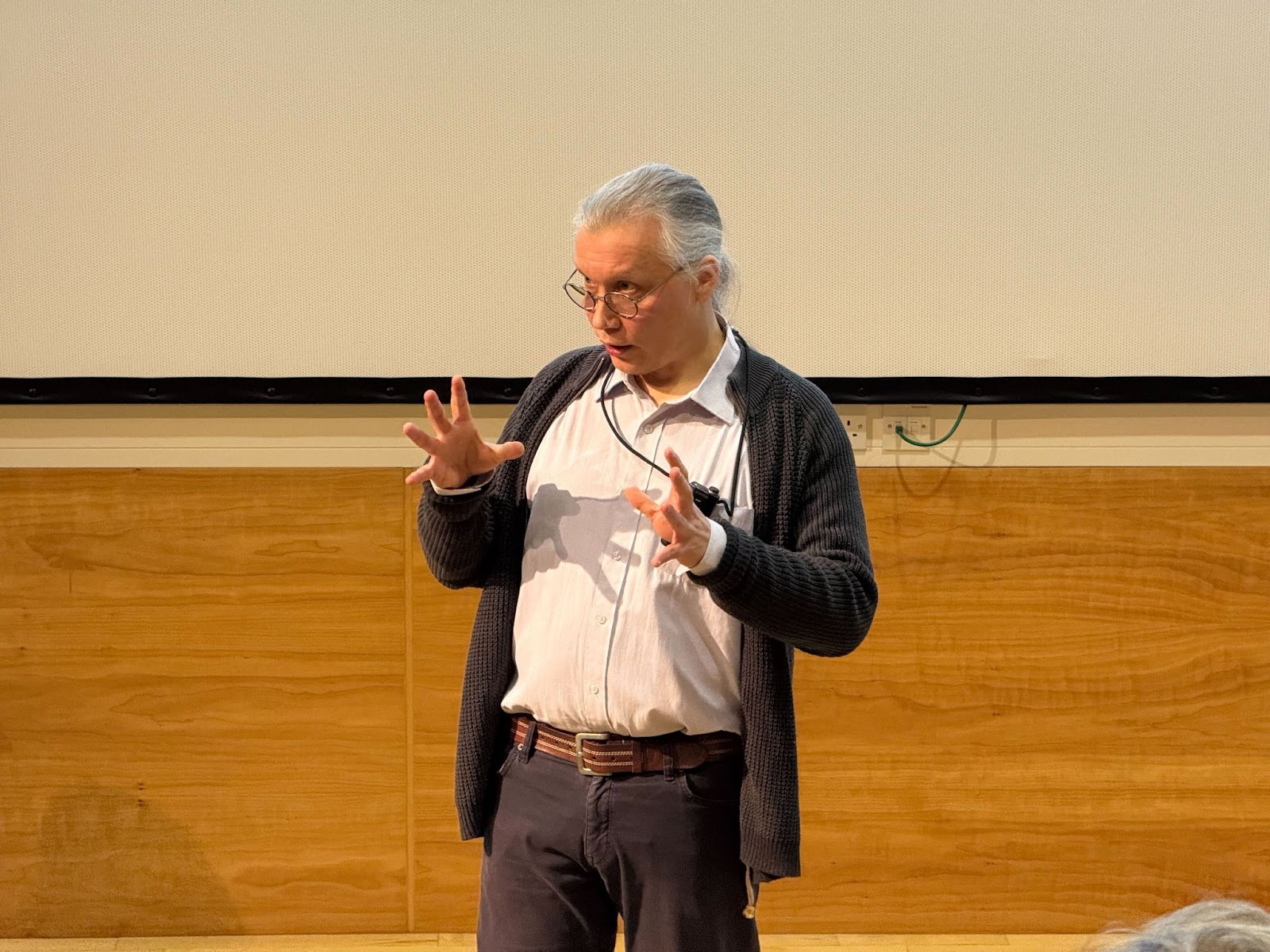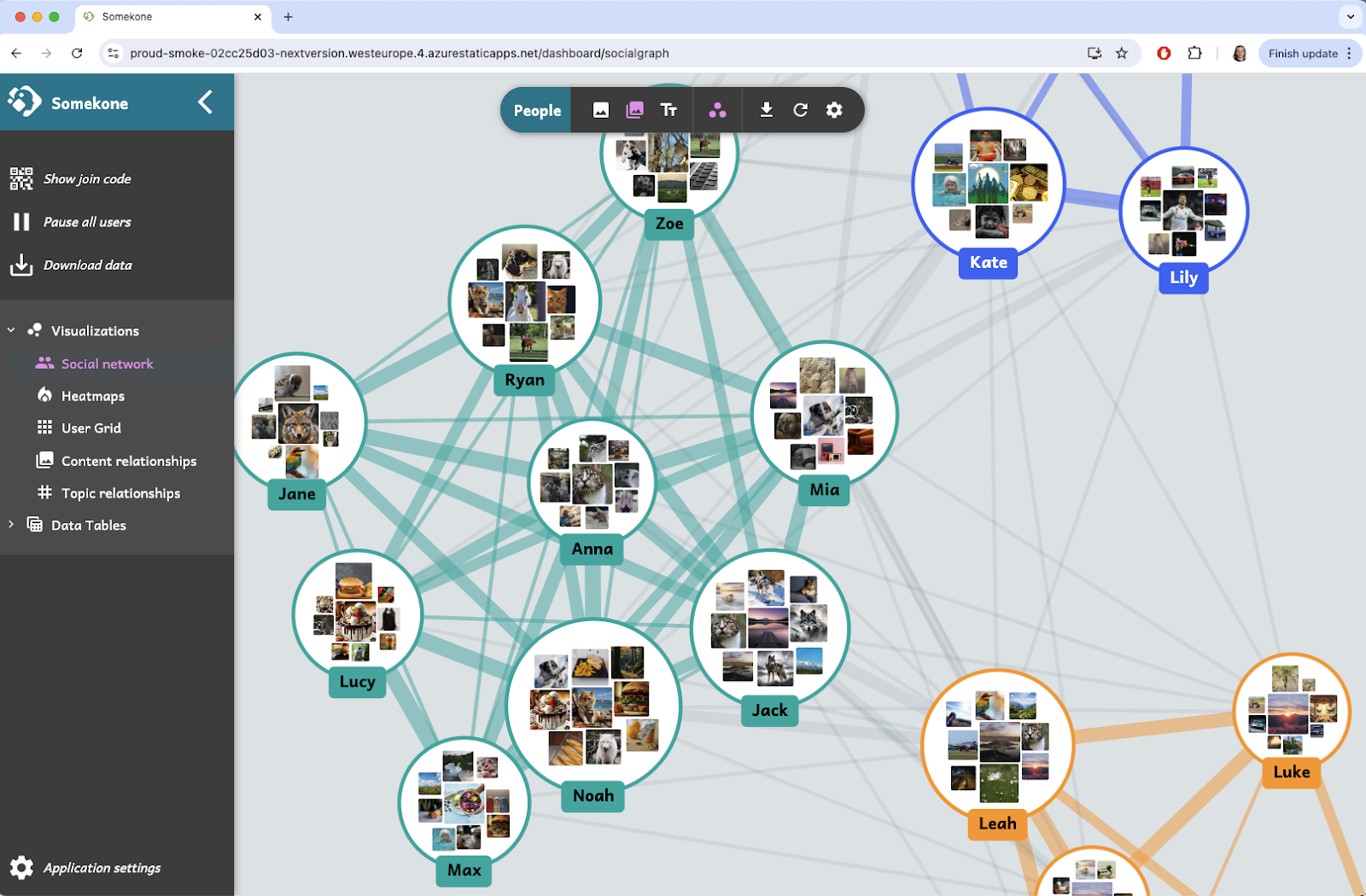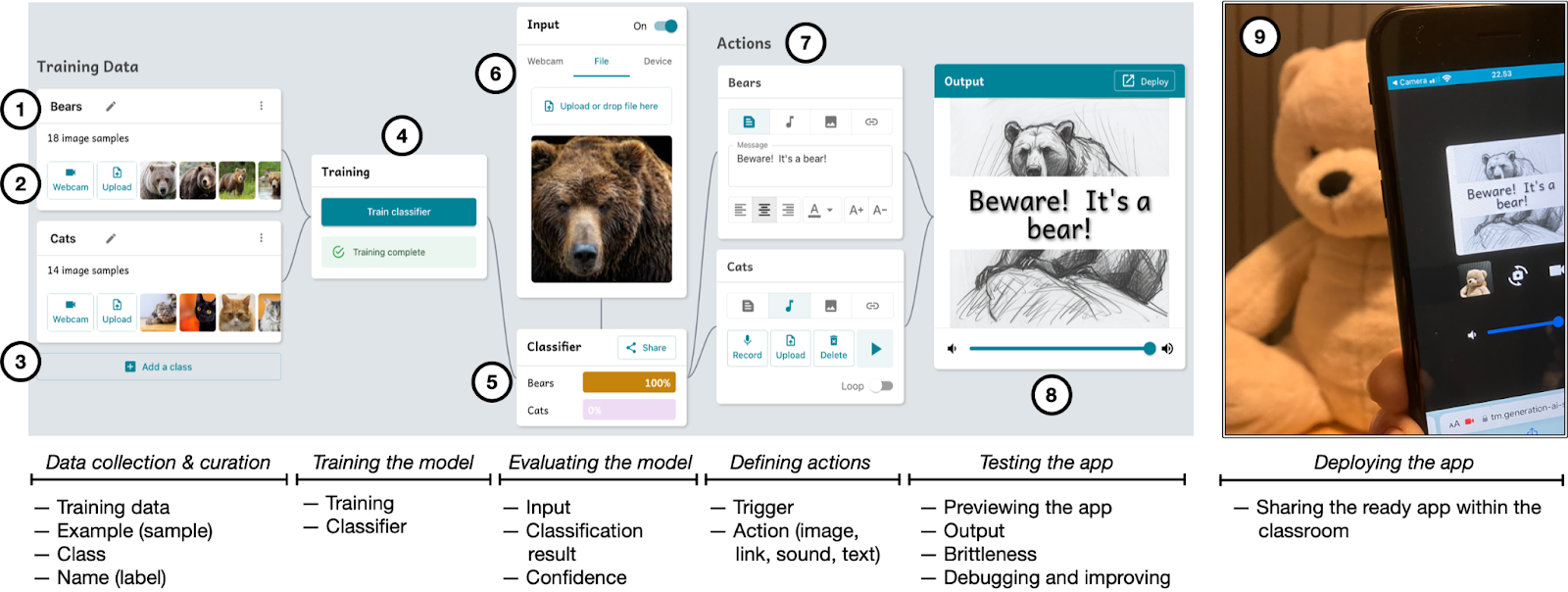If you’re in the UK, you’ll be aware that many commentators are writing about the government’s AI Opportunities Action Plan, which was published last week. It’s great to see policy thinking around technologies that promise to make our young people’s future lives very different to our own. But AI is not new—in fact it’s been around for decades. The National AI strategy was published by the previous government in September 2021, shortly after the AI Roadmap was published. All of these policy documents do make some reference to education, but somehow fall short: they don’t seem to focus sufficiently on how we will need to educate young people to learn about AI, not just how to use AI as educational technology.
We can learn so much from other countries here, which leads me to the topic of this blog post. At the Raspberry Pi Computing Education Research Centre at the University of Cambridge (RPCERC), we’ve been delighted to host Professor Matti Tedre of the University of Eastern Finland for two months, and on Wednesday he delivered a lecture on the work that is being carried out across Finland on educating children about AI. Matti was also keen to stress that this work is not about how generative AI can be used to increase teacher productivity or personalise learning, but rather how our young people gain an understanding of these new technologies. This is completely aligned with our own perspective on AI education.

Why teach AI?
The first part of Matti’s talk was focused on laying out seven rationales for why we should be teaching AI:
- Personal rationale
- Societal rationale
- Workforce rationale
- Scientific rationale
- Educational rationale
- National competitiveness rationale
- Sustainability and environmental rationale
With AI touching all areas of society and an individual’s experience, there are many reasons why a young person in school needs to understand something about how AI works, how data is used in AI technologies, and how privacy, bias and decision-making are impacted by the use of AI. This must lead to formal curriculum changes, but how these are implemented will depend on the particular educational context of a country. While there has been excellent work conducted by UNESCO to develop a globally-relevant competency framework for AI, how this is implemented in schools will depend on the country’s educational context. In the UK, we have computing education implemented in all four devolved nations, although how it is implemented and the age it is introduced varies. England has had a mandatory computing curriculum since 2014, which includes programming, algorithms and data structures. More research is needed to understand how learning about AI in school will build on computing education.
Finland does not have an implemented computing curriculum, so the way AI education is being introduced by the Generation AI team takes this context into consideration. Generation AI takes a No Code approach, where no programming knowledge is assumed or needed. It also considers how AI is used across the curriculum in a range of disciplines such as languages, history, democracy education, art, and craft. Discussion-based pedagogy is used to support young people becoming able to think critically and articulate their own perspectives.

Developing tools for AI Education: the Generation AI project
Matti introduced us to the work being carried out by a national strategic 6-year project called Generation AI by the University of Eastern Finland, University of Helsinki, and University of Oulu. The project is described as follows:
“The project builds a foundation on which to build technology education for the “AI generation”: technology education that takes into account the operating principles of artificial intelligence, the opportunities it offers, and the dynamic impacts it has – without forgetting its shortcomings and risks, or how artificial intelligence systems can increase confrontation, discrimination, insecurity, and erode trust.”
I’ve been fortunate enough to serve on the Advisory Board for the project so I can speak to the range of work that is being carried out across Finland on child rights, pedagogical interventions, and promoting child-led discussion around ethical issues, as well as an understanding of AI technology and how it works. One strand of the project is the development of tools for the classroom which provoke discussion and Matti demonstrated two of these: Somekone and the Teachable Machine.
Somekone: The team have developed an educational tool for classroom use, based on explainable AI (XAI), designed to demystify key social media mechanisms—tracking, profiling, and content recommendation—for novice learners. The tool provides a familiar, interactive interface that resonates with learners’ experiences with popular social media platforms, while offering them the opportunity to see what is happening ‘under the hood’, exposing basic mechanisms of datafication. Learners gain first-hand experience of how even the slightest actions, such as pausing to view content, are captured and recorded in their digital footprint, and further distilled into a personal profile. The tool is used in an intervention that encourages young people to discuss ethical issues around bias and privacy.


GenAI Teachable Machine: This Teachable Machine enables students to understand how machine learning classification models work. Using a few simple examples (training and testing data), the student can build a model that recognises objects with the camera, and then build an app that runs the resultant classifier. The students can share their ready apps with other students in the classroom, test them together, and analyse biases in each app together. Extensions include a Teachable Robot that implements motorised actions linked to classification actions.

Alongside these interventions, Matti and his team have produced more than 60 academic papers on AI education about their work, which is nothing short of incredible. This is because developing and evaluating these tools has taken place in a research environment with the intention of sharing what has been learned with an international audience. Funding research around resource and product development so that lessons learned can be rigorously evaluated and shared is something that we believe passionately within our research centre at the University of Cambridge.
AI Education at RPCERC
We are also conducting work in AI Education which you can read about in our Annual Report and on our website. This spring, we will also be publishing a series of blog posts that explain how we believe the curriculum in England can be adapted to incorporate learning about AI. We will also be consulting with teachers and AI experts. If you’d like to ensure you are sent links to these blog posts, then do sign up to our newsletter. If you’d like to take part in our research and potentially be interviewed about your perspectives on curriculum in AI, then contact us at: rpcerc-enquiries@cst.cam.ac.uk.
Further reading on Generation AI and the Finnish educational environments
Pope, N., Kahila, J., Vartiainen, H., & Tedre, M. (2025). Children’s AI Design Platform for Making and Deploying ML-Driven Apps: Design, Testing, and Development. IEEE Transactions on Learning Technology. https://doi.org/10.1109/ICALT61570.2024.00037
Kahila, J., Vartiainen, H., Tedre, M., Arkko, E., Lin, A., Pope, N., Jormanainen, I., & Valtonen, T. (2024). Pedagogical framework for cultivating children’s data agency and creative abilities in the age of AI. Informatics in Education, 23(2), 323-360. https://doi.org/10.15388/infedu.2024.15
Pope, N., Kahila, J., Vartiainen, H., Saqr, M., Lopez-Pernas, S., Roos, T., … & Tedre, M. (2024). An XAI Social Media Platform for Teaching K-12 Students AI-Driven Profiling, Clustering, and Engagement-Based Recommending. To appear in proceedings of AAAI’25, Philadelphia, PA, USA https://arxiv.org/abs/2412.13554